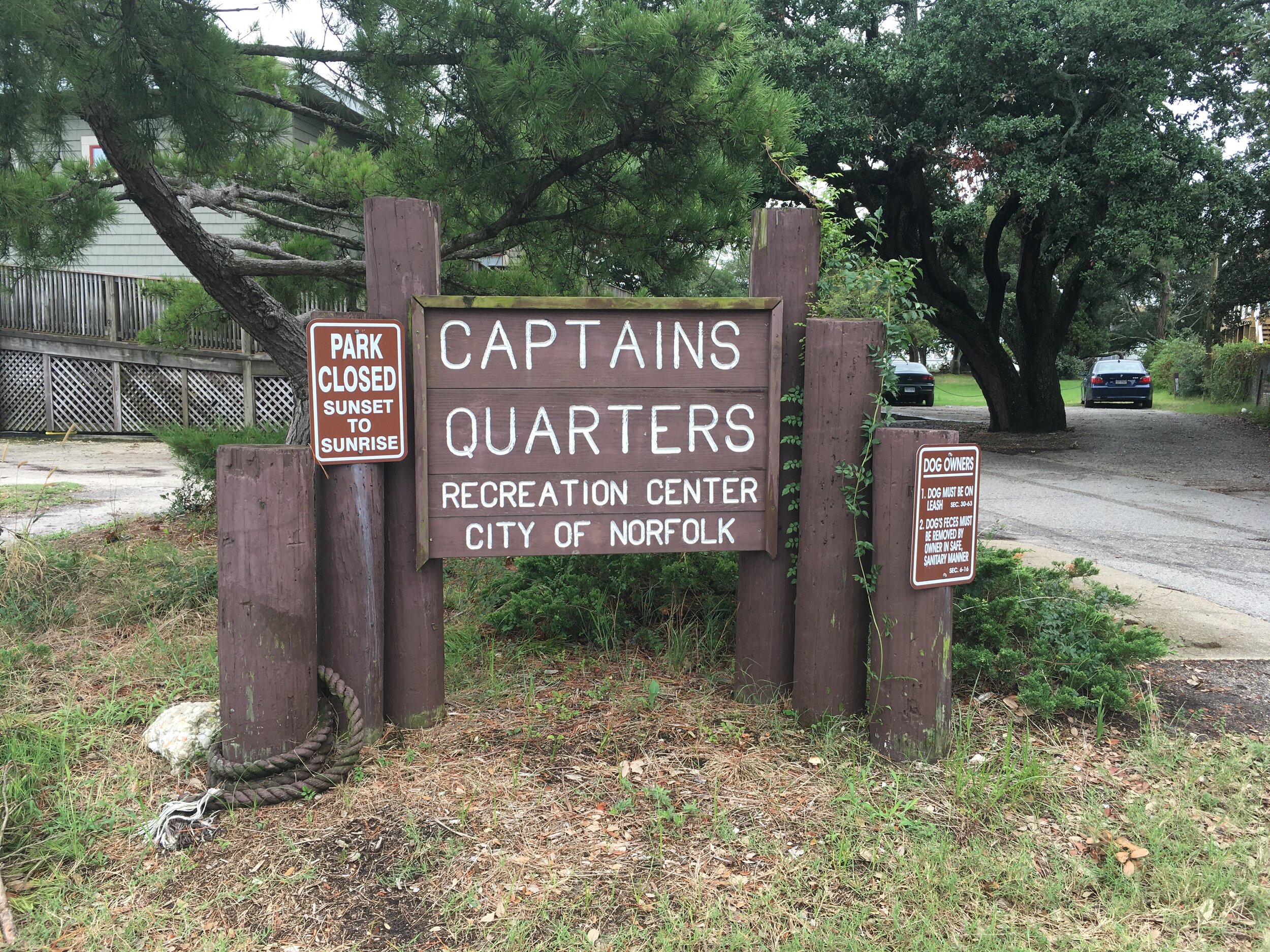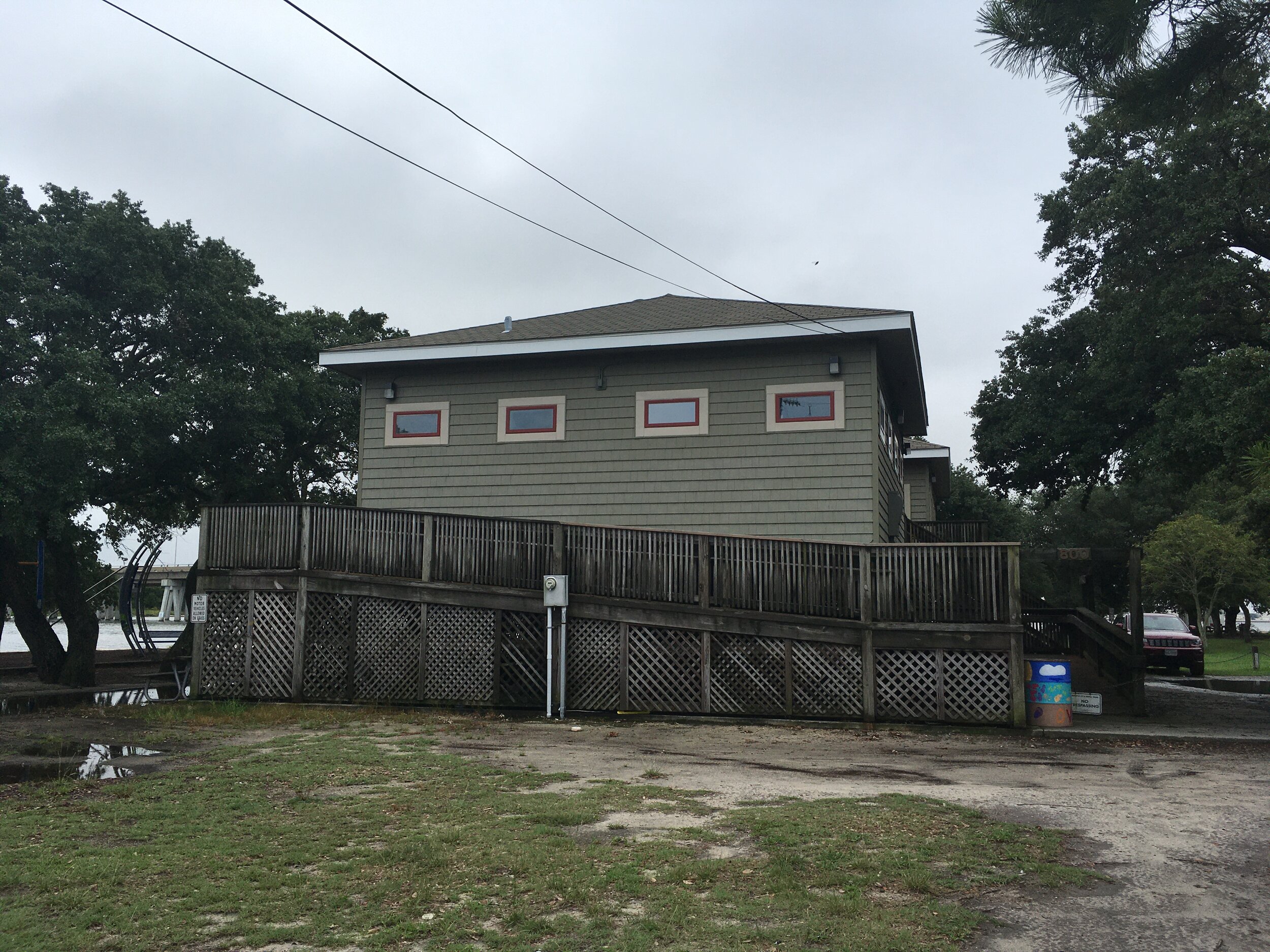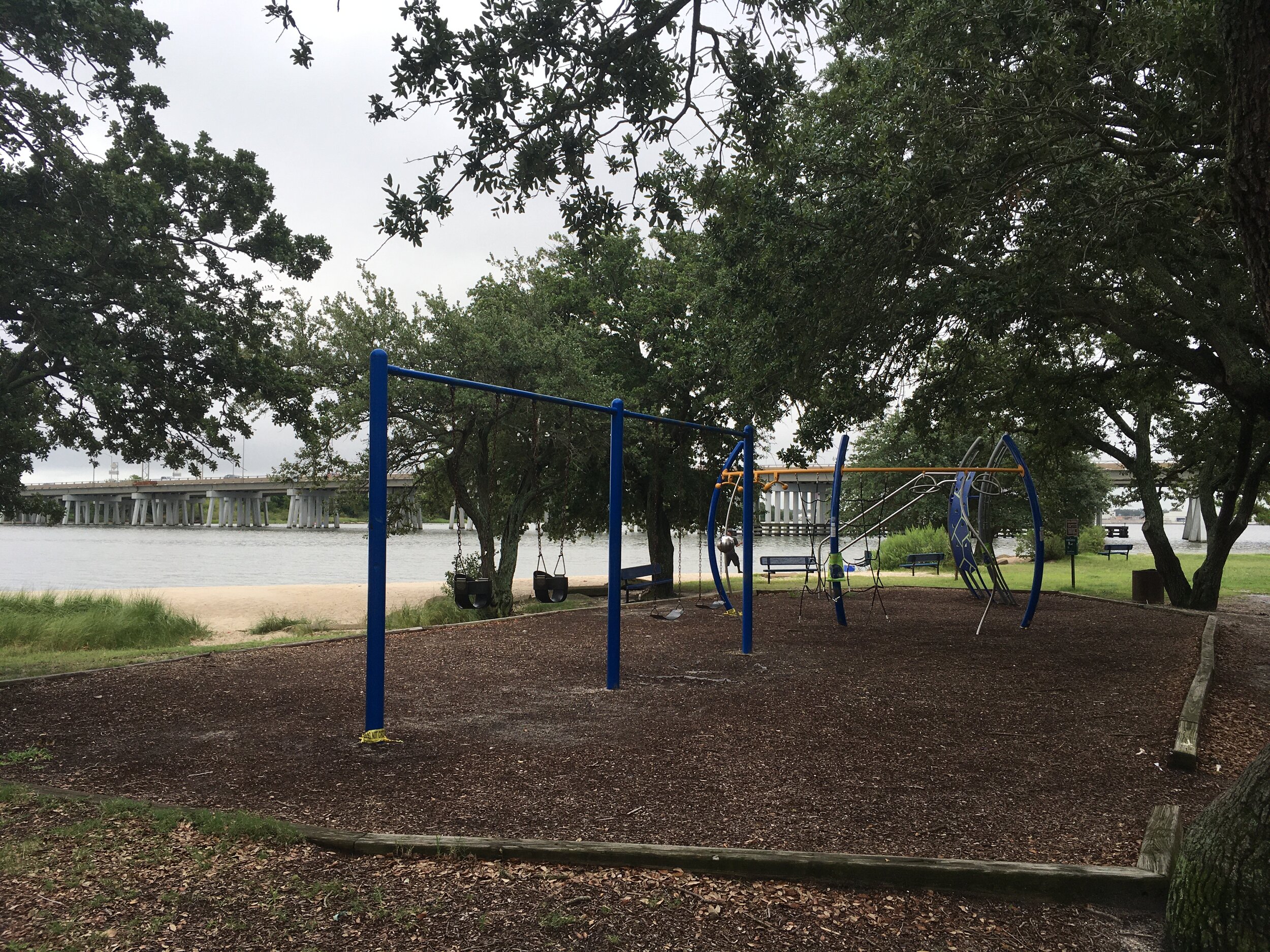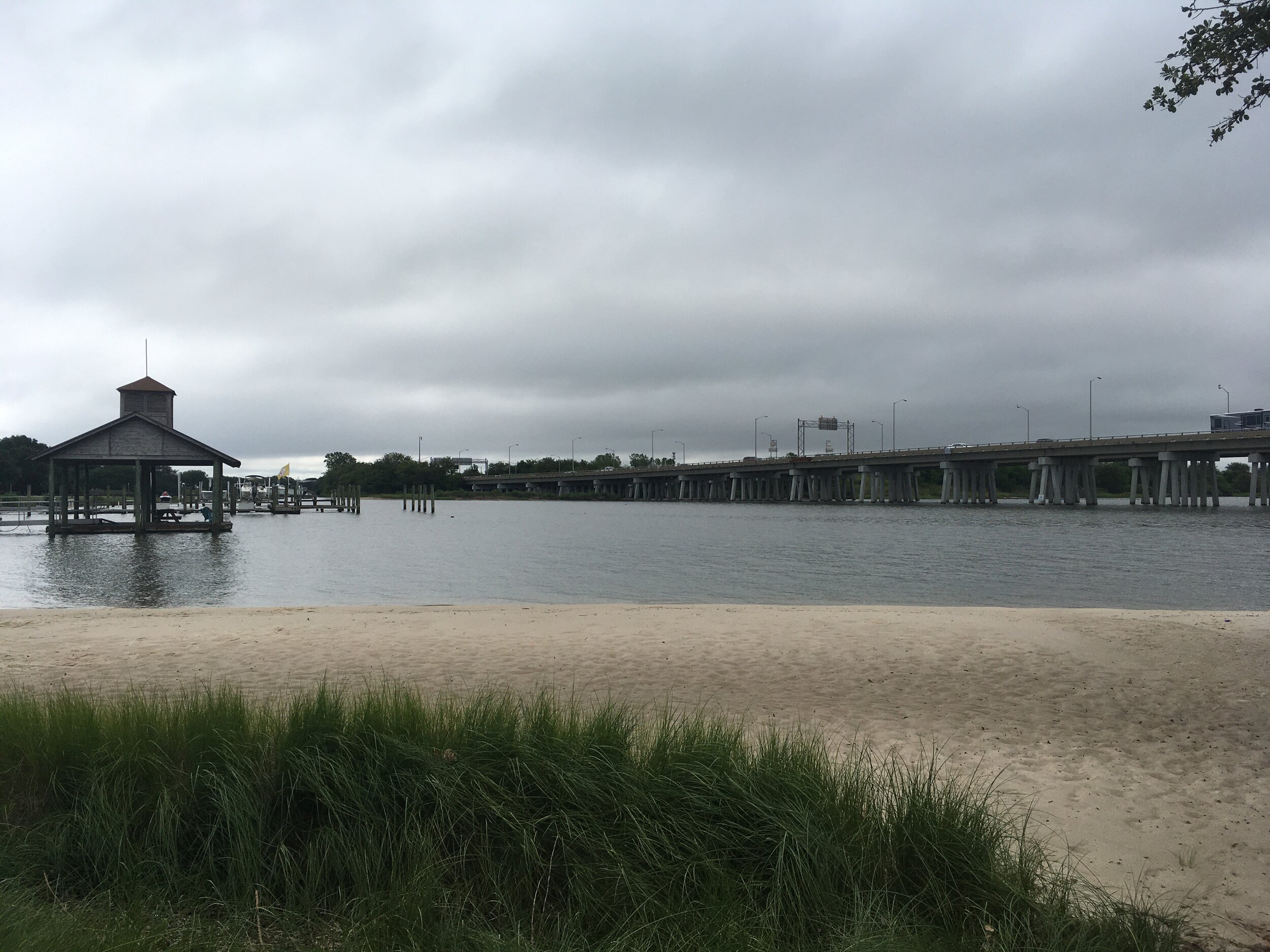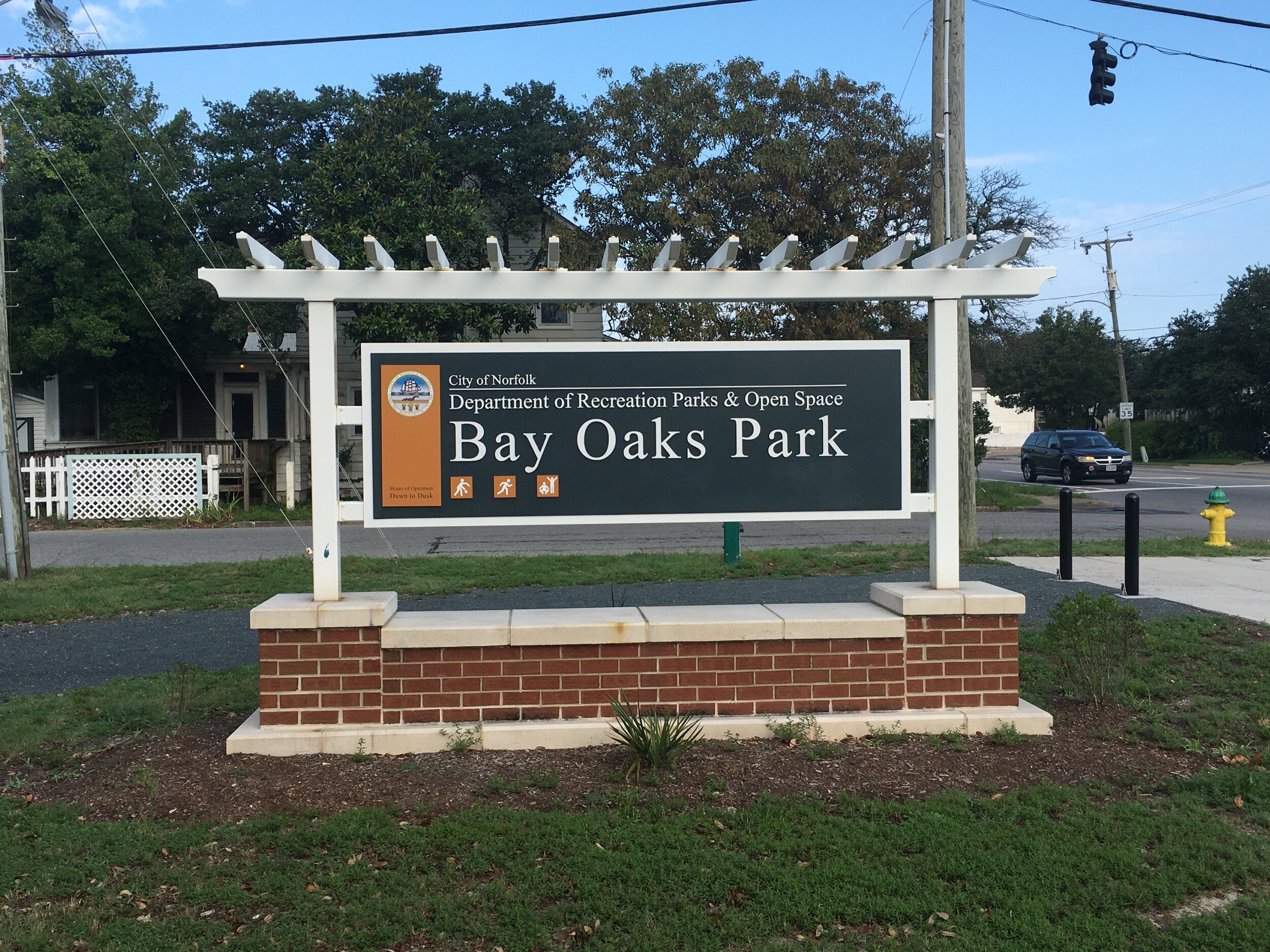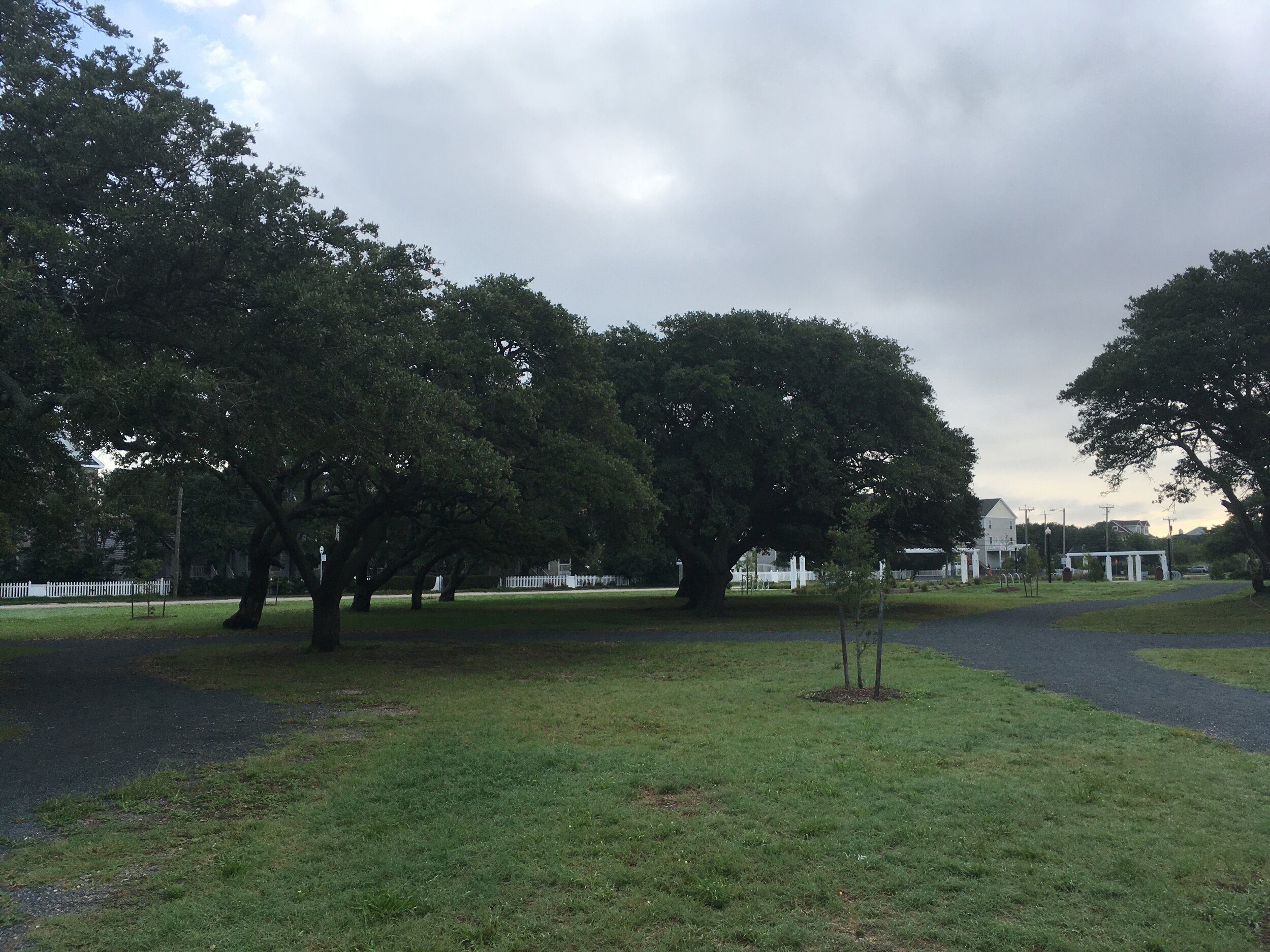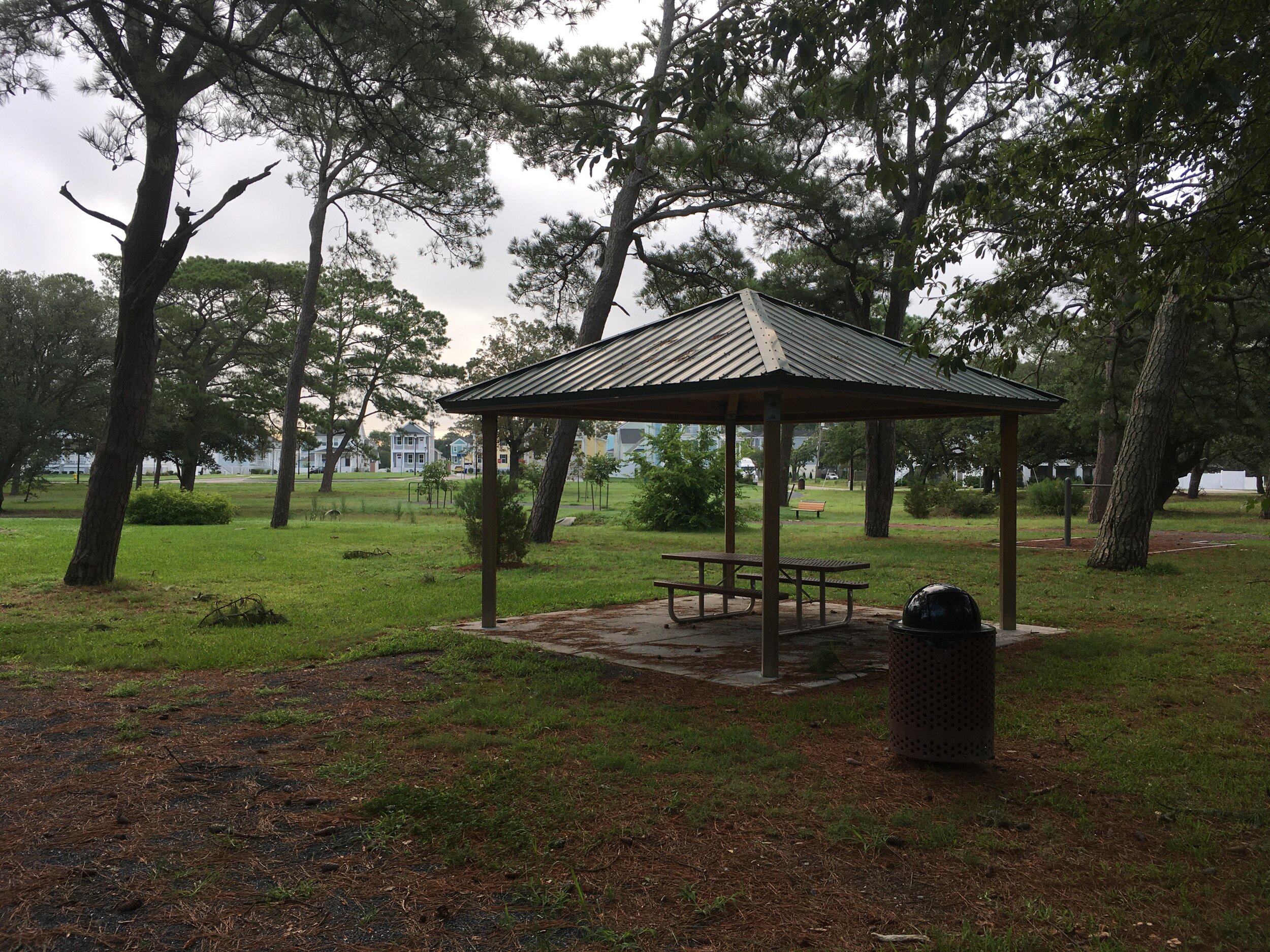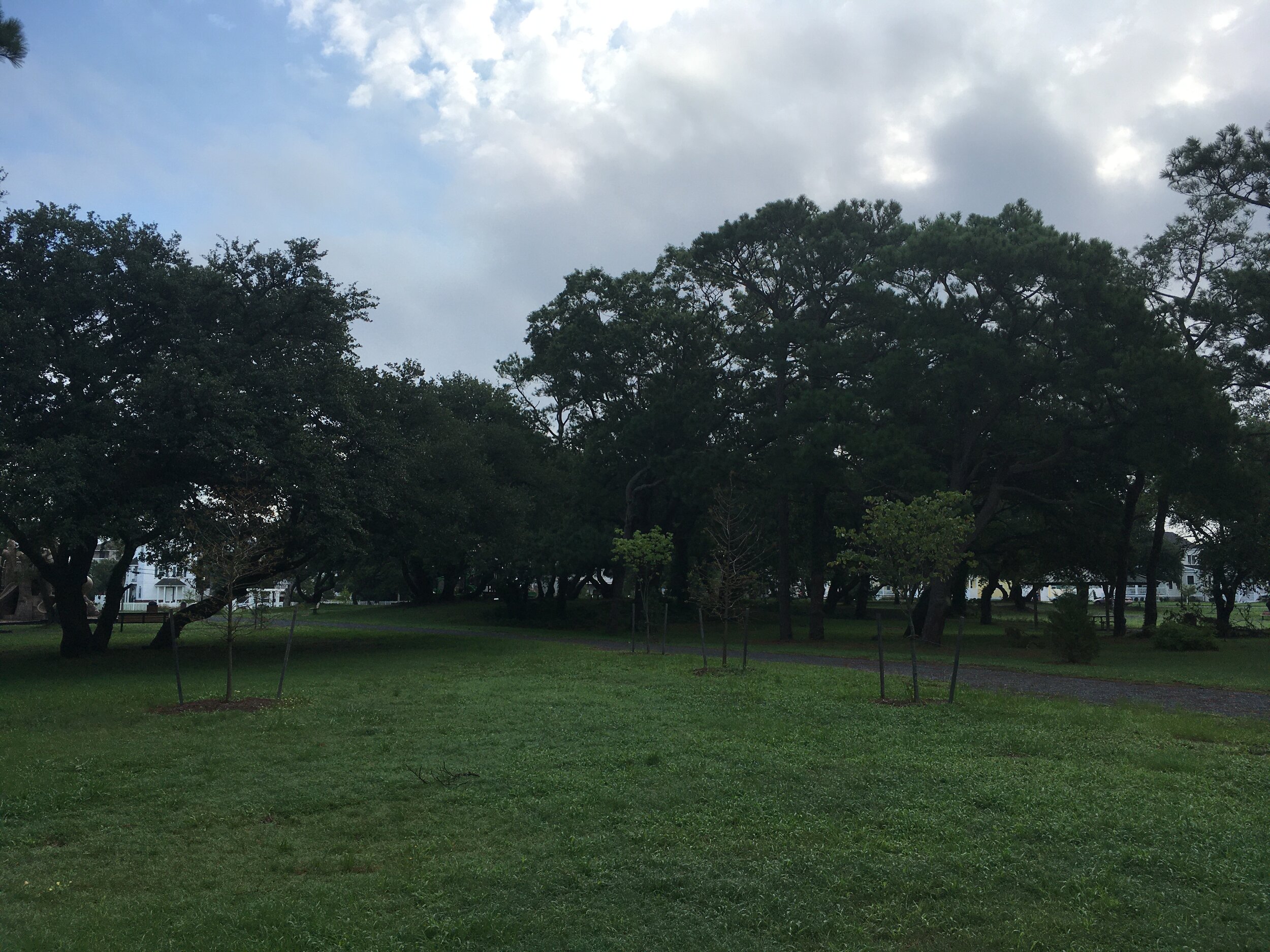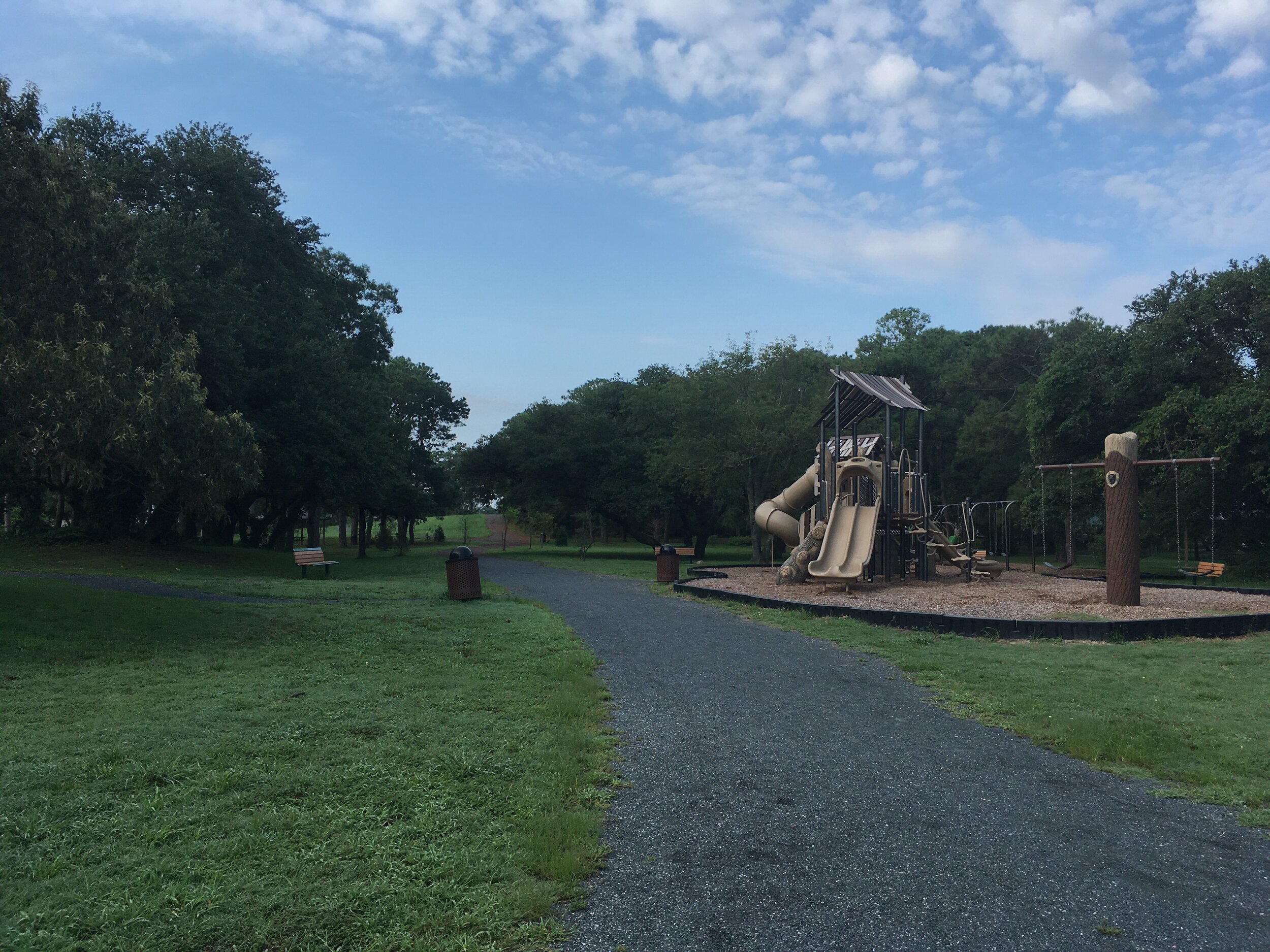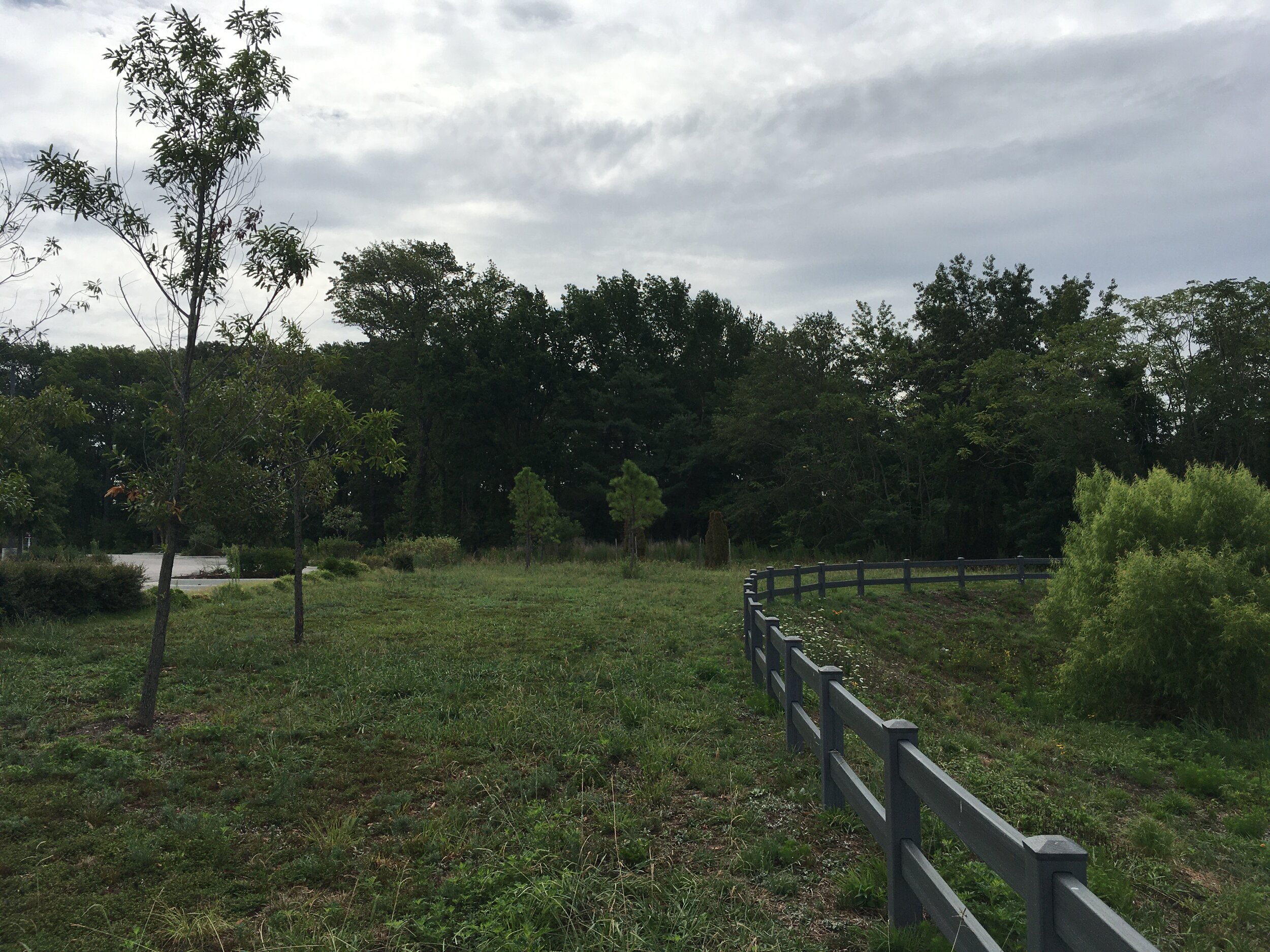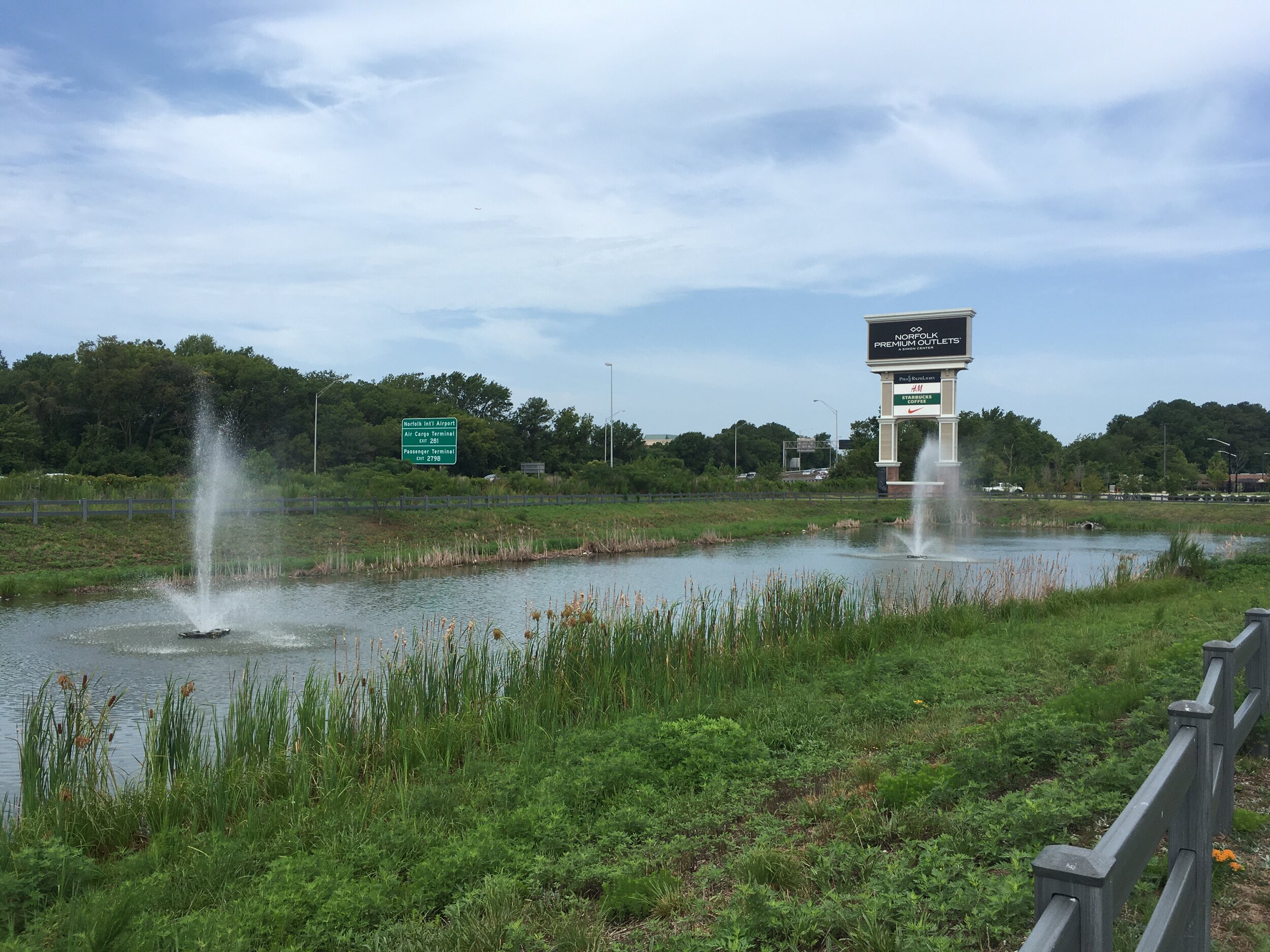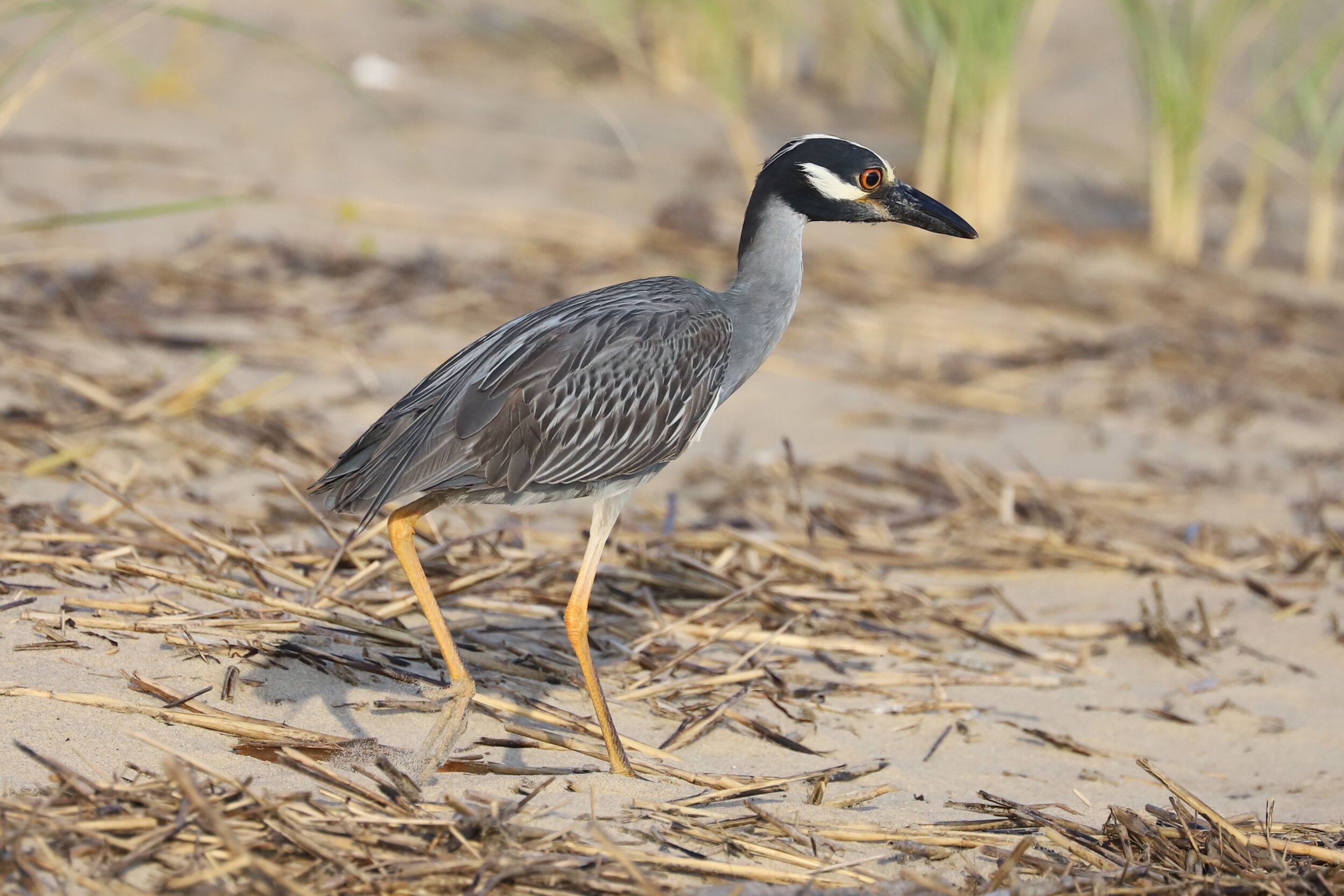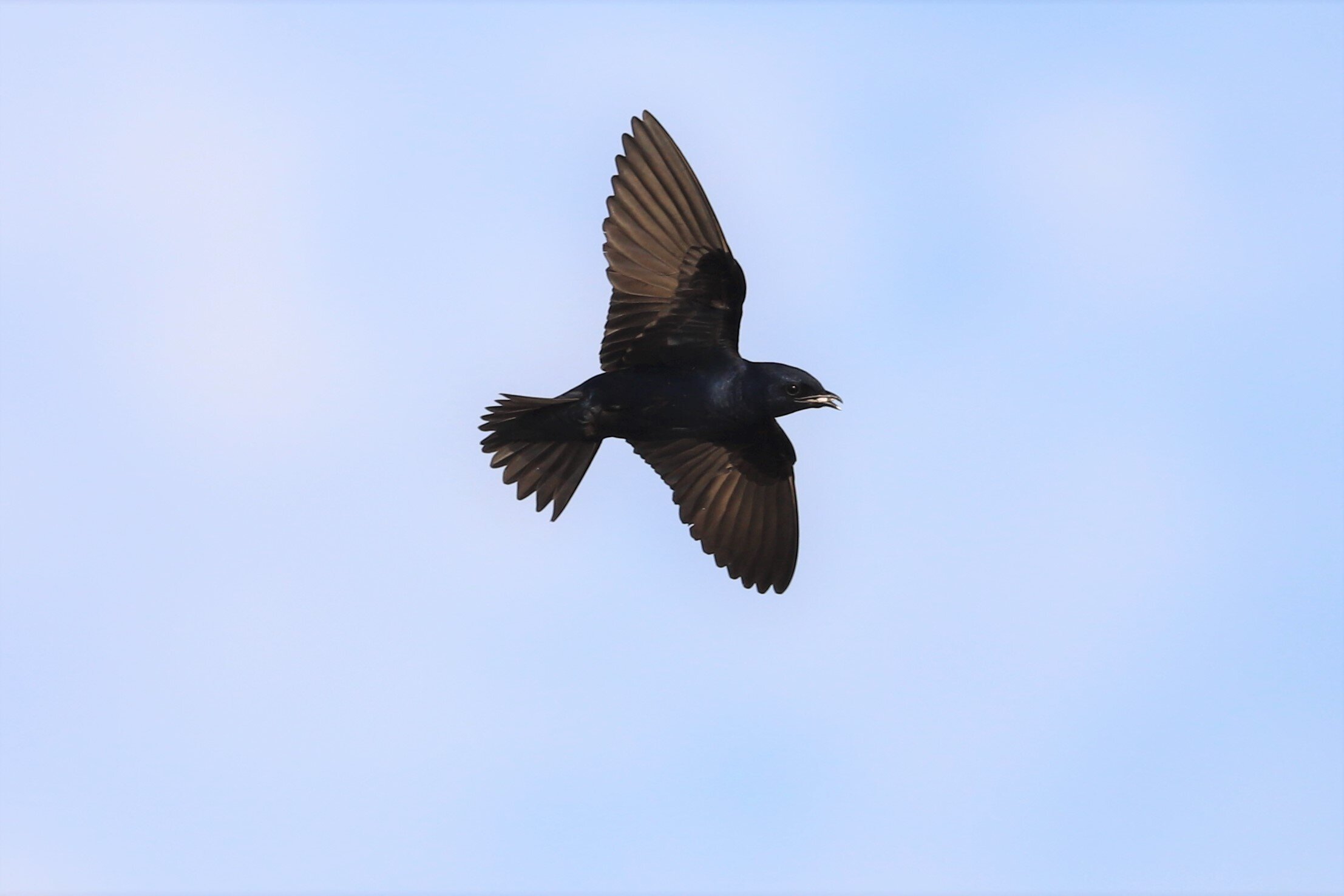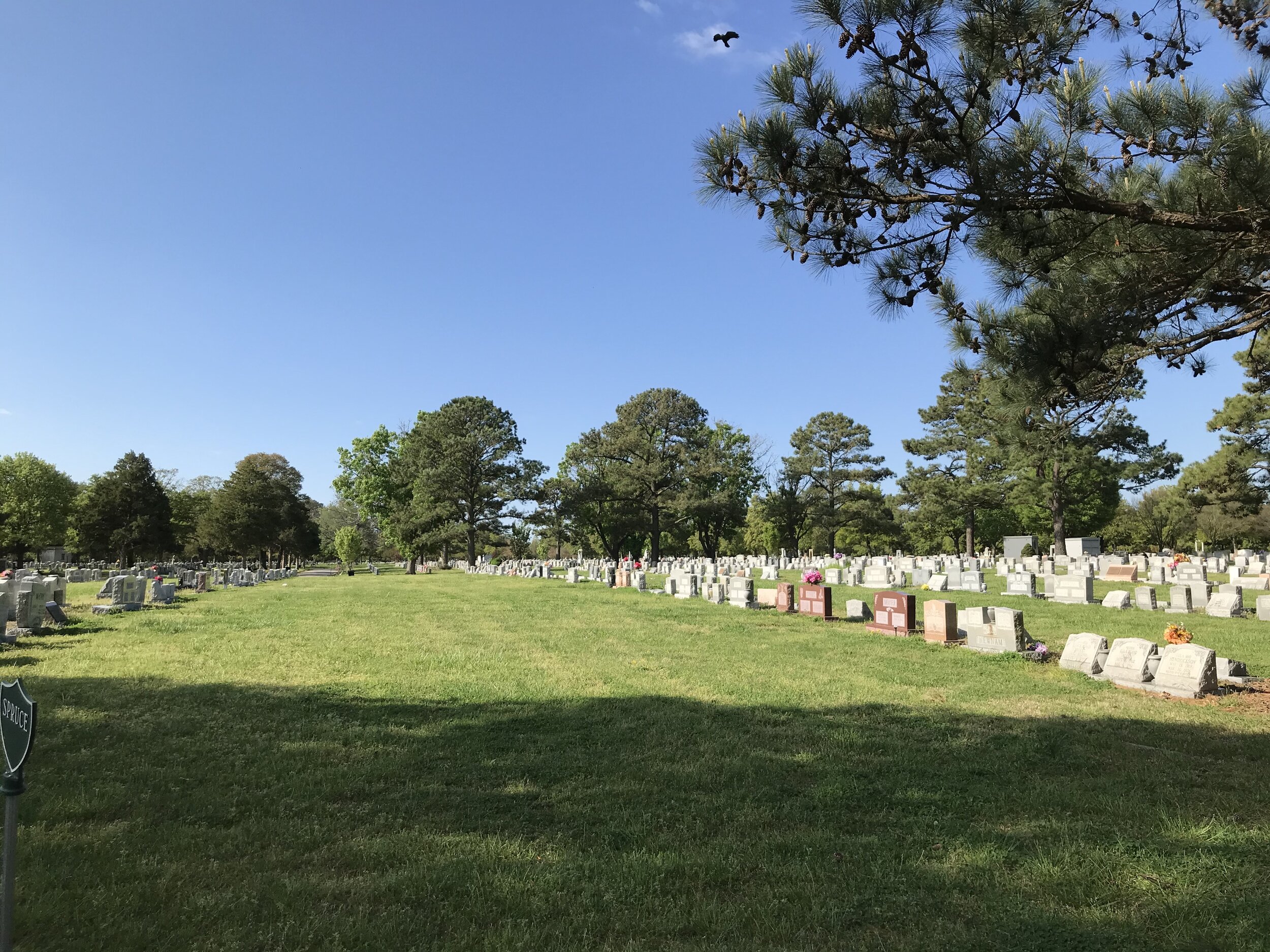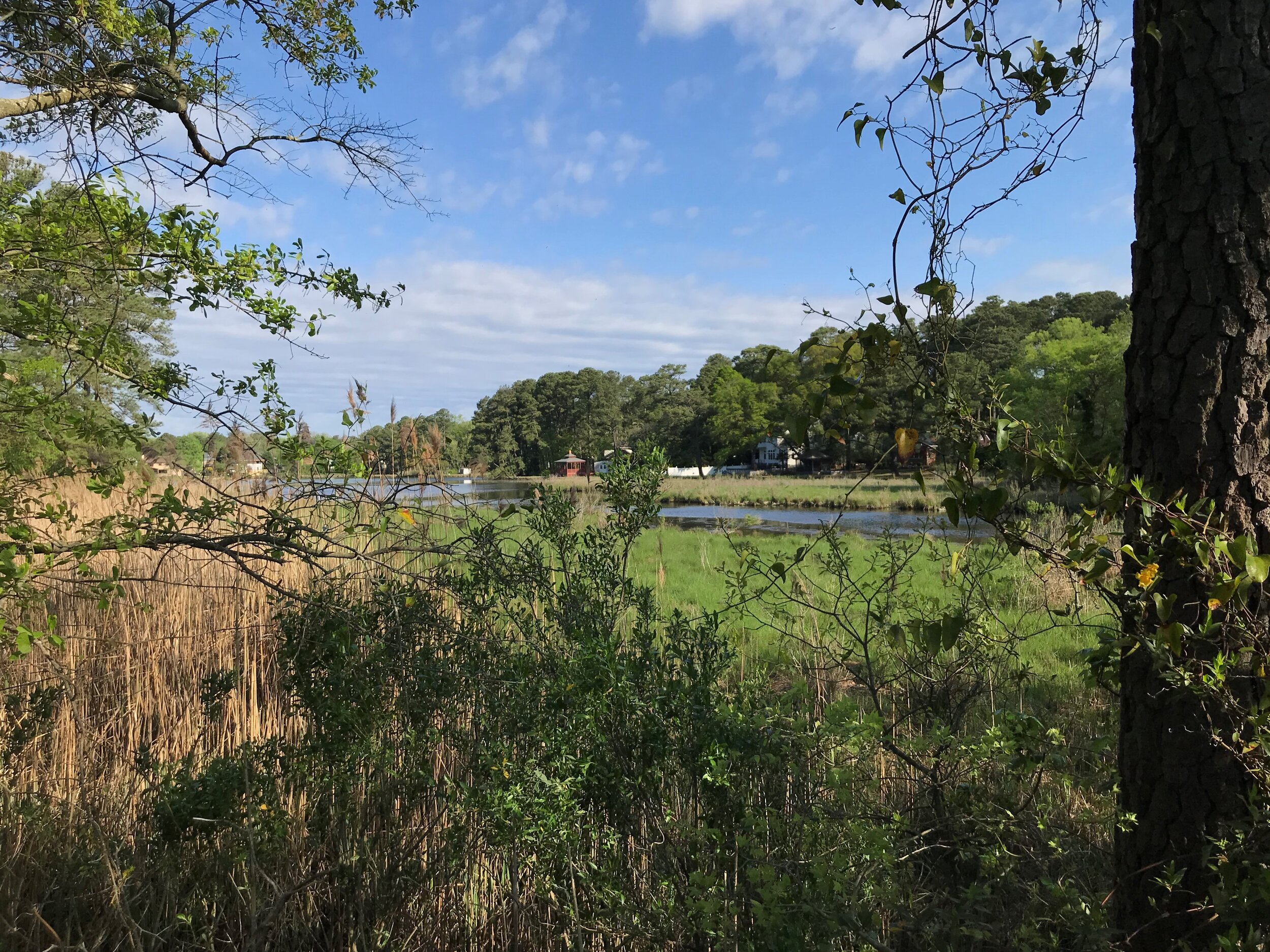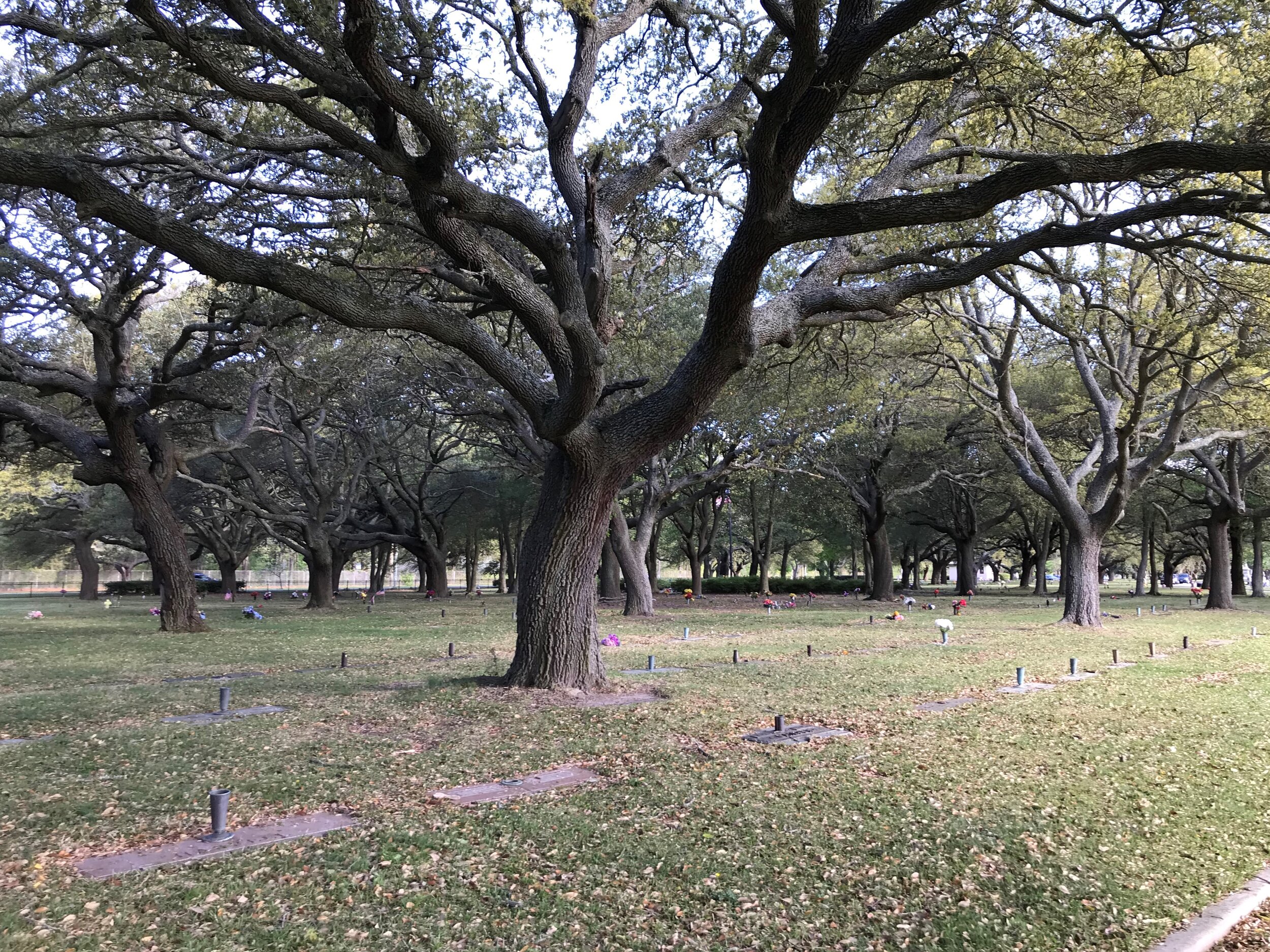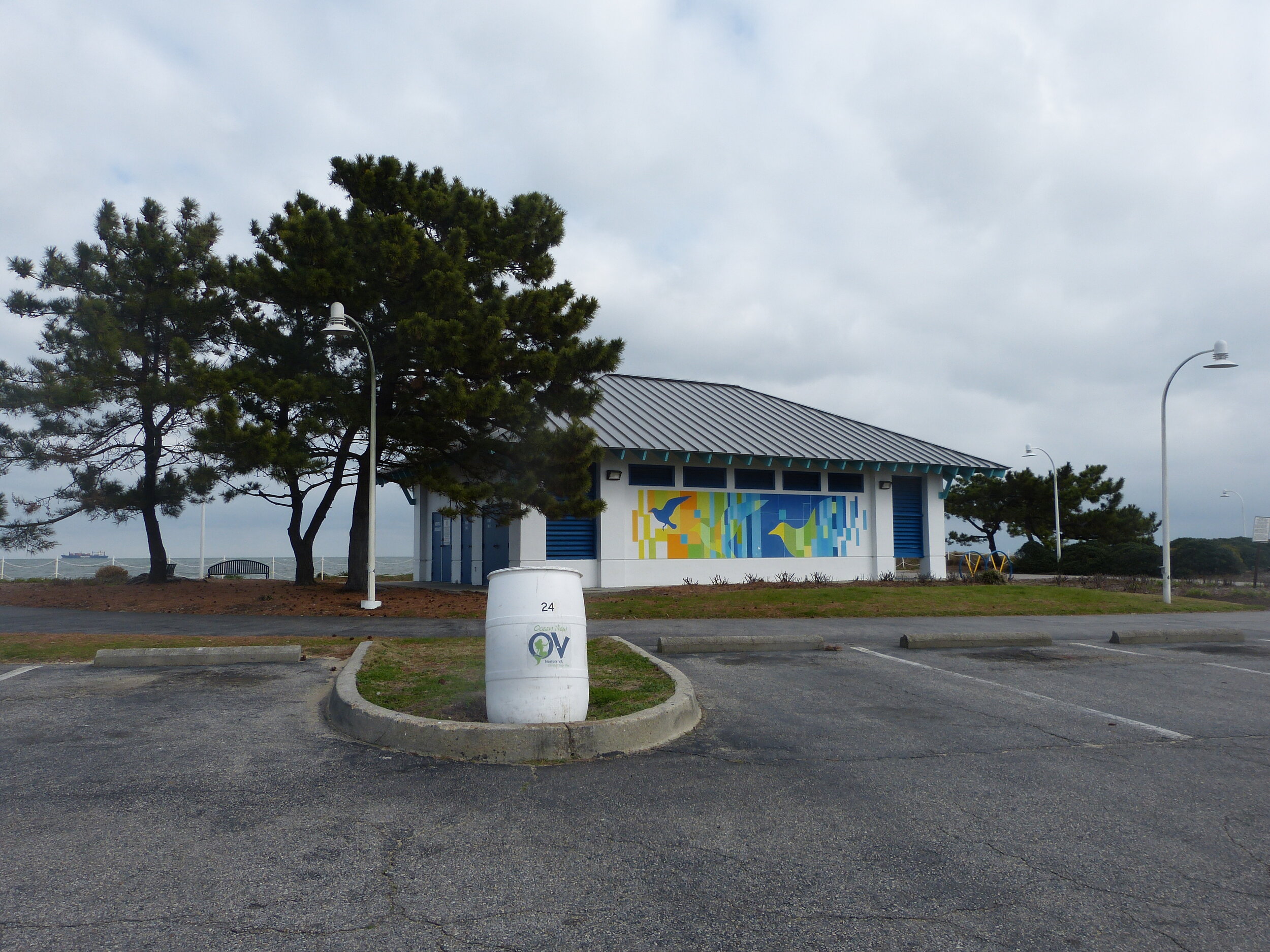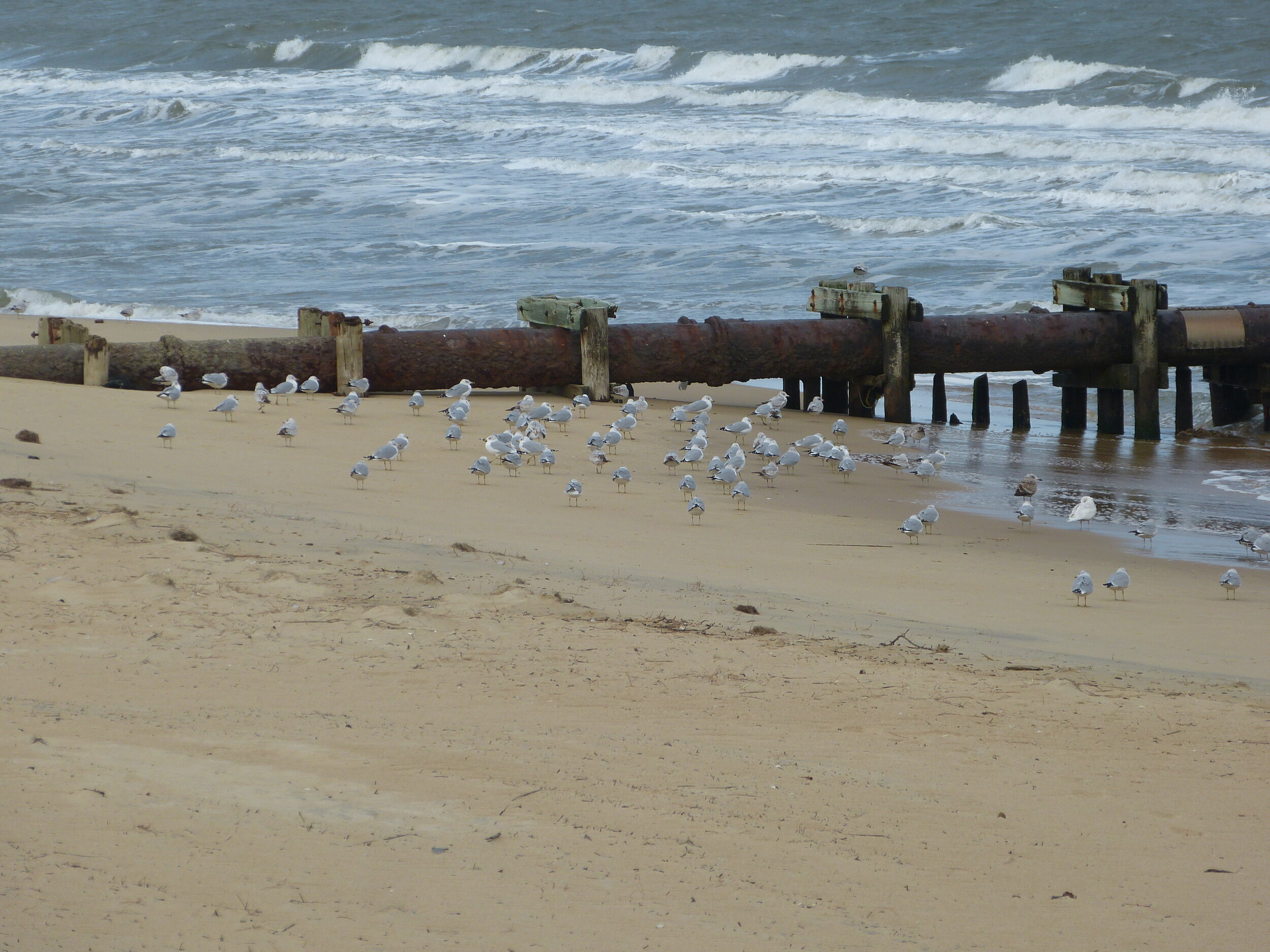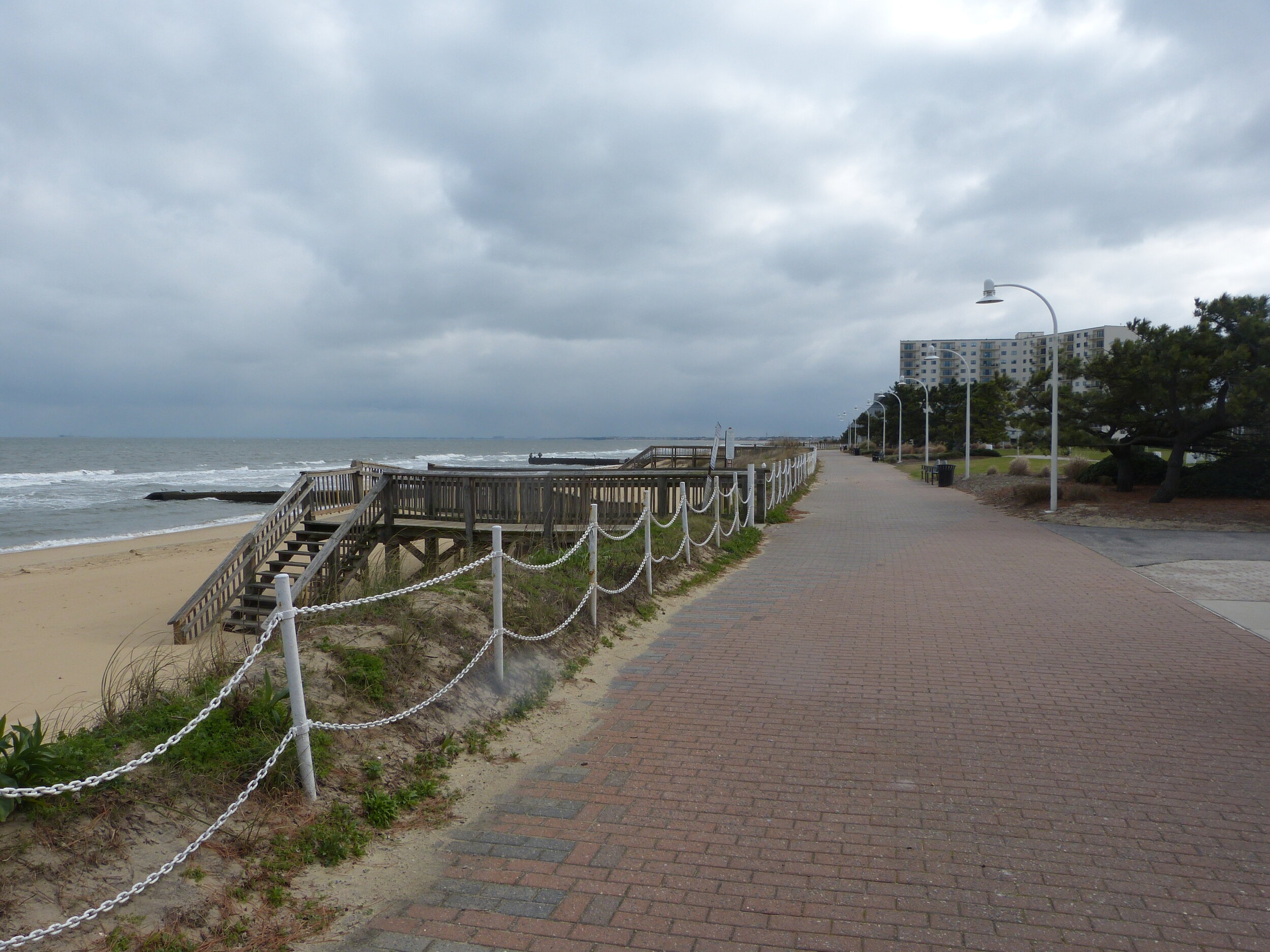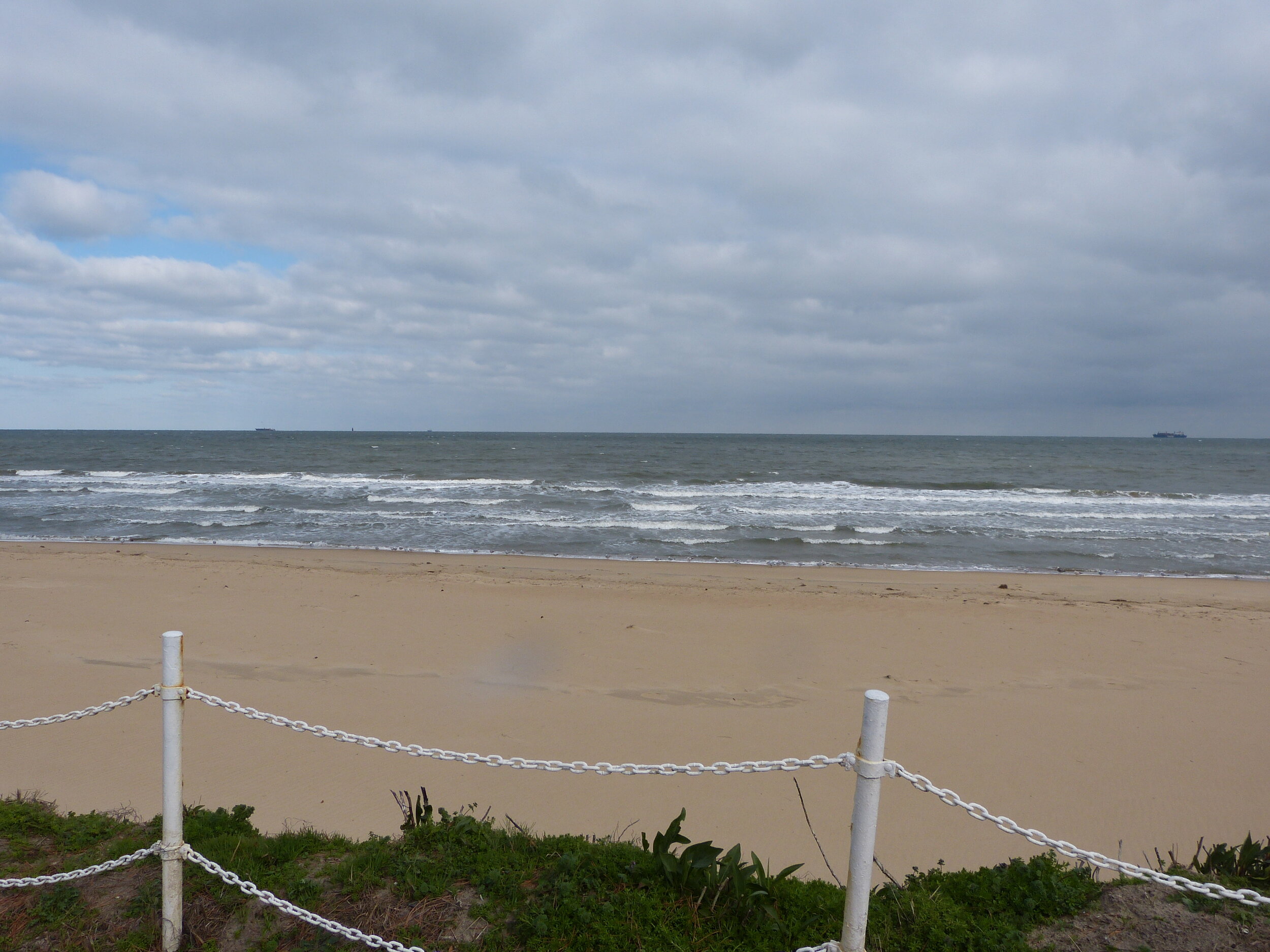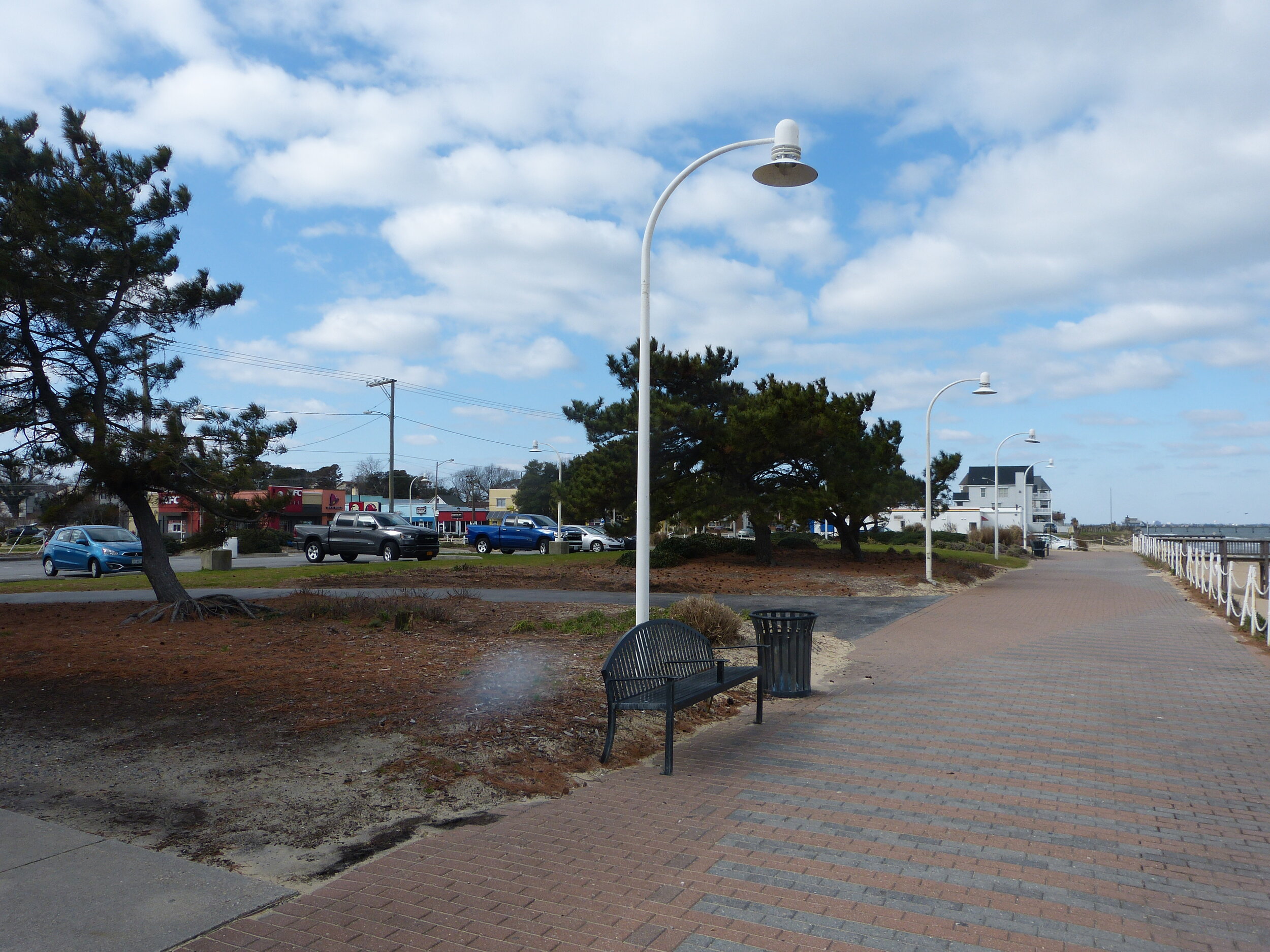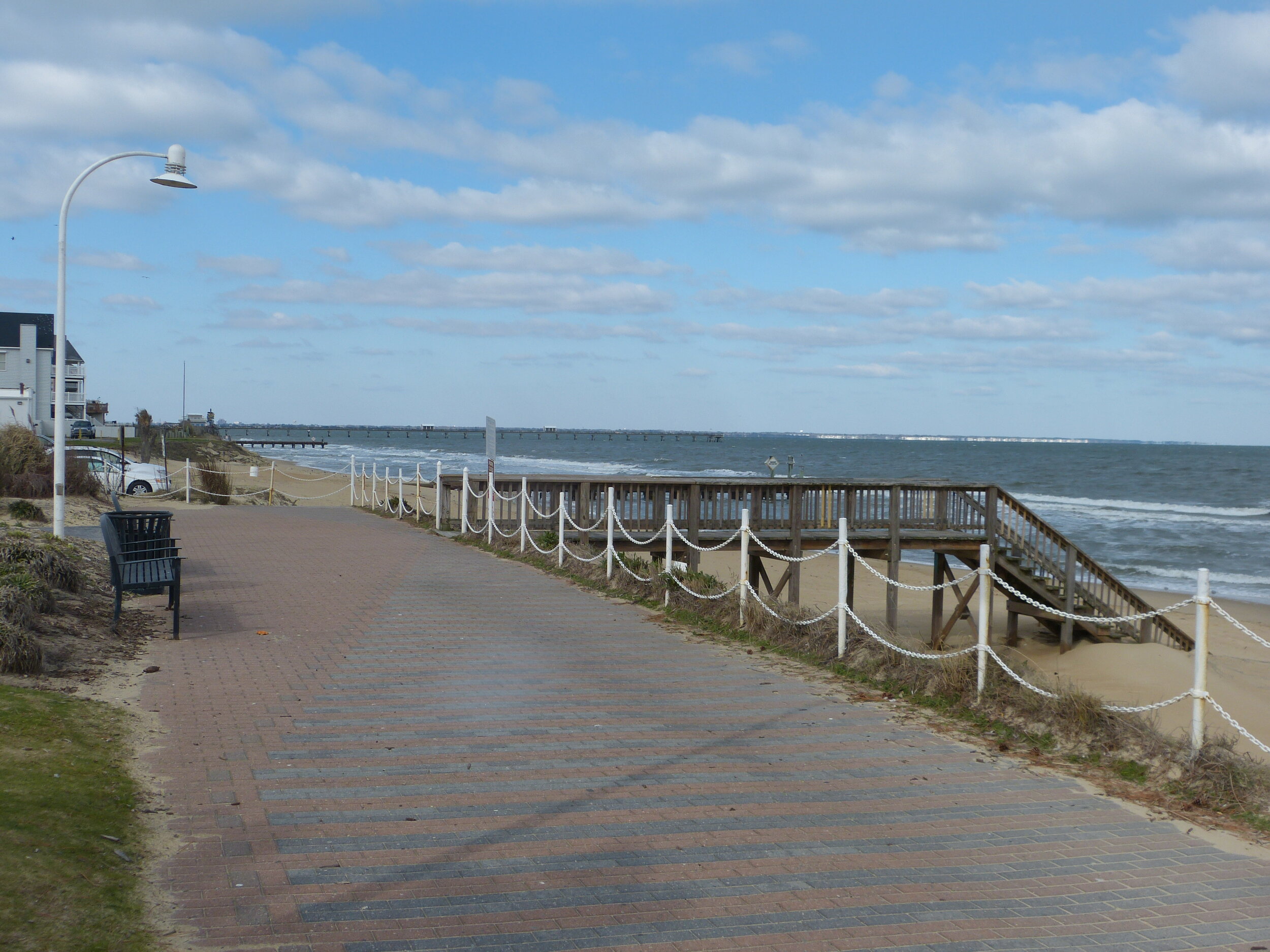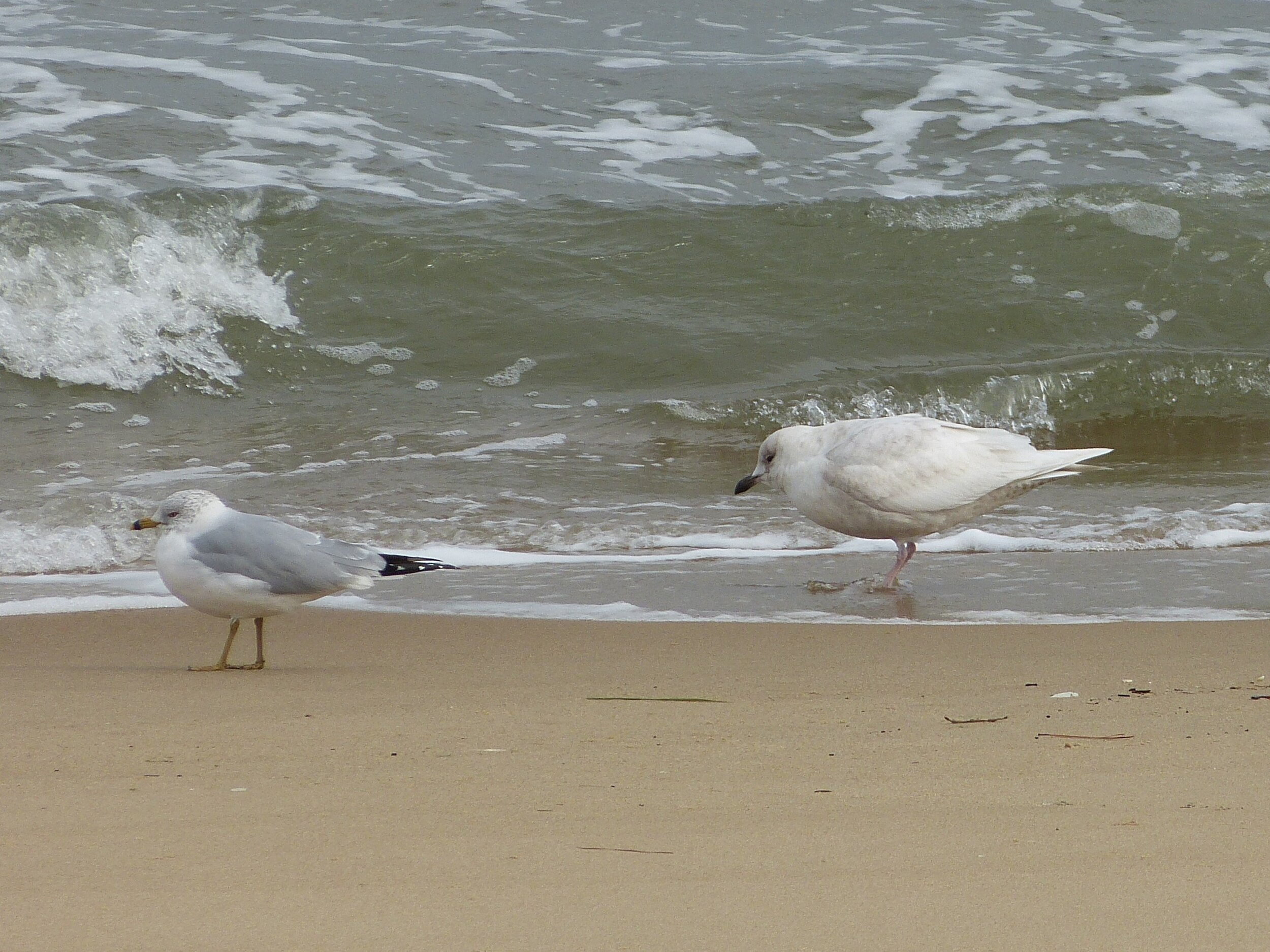Conveniently located in the shadow of I-64, abutting the Norfolk Premium Outlets, Lake Wright is an excellent location to bird at almost any time of the year. Though it is almost within spitting distance of the Virginia Beach line, the lake and surrounding area is firmly within the City of Norfolk. The lake is ringed by a walking trail that makes it easily birdable, and provides access to a nice mix of habitats. Naturally, the highlight here is water birding at the lake itself, as well as several of the smaller drainage ponds associated with the outlets. The lake is quite large, and can be a productive spot for waterbirds. In the winter, look for a waterfowl; though relatively few species have been logged to eBird thus far, the lake certainly seems like appropriate habitat for both divers and dabblers. Bufflehead, Hooded Merganser, Ring-necked Duck, Northern Shoveler, American Wigeon, and other species should be possible here. Wood Ducks are resident, and may be encountered just about any time of year. Lake Wright is not far from the coast, and as such, gulls and terns occasionally forage here in the appropriate seasons. Ring-billed Gulls predominate in winter, while Laughing Gulls and occasional Royal Terns can be spotted in spring and summer. Waders are also a possibility, and Black-crowned Night-Herons in particular have been reported semi-regularly from the wooded lake edges. Anhingas have also been recorded here semi-regularly in recent years. There are multiple wintering reports, as well as spring and summer sightings, which suggests that this species, though rare, may be encountered at almost any time. In late summer and early fall, the lake may serve as a staging area for swallows, and just about any species is possible as a migrant.
Though waterbirds are the obvious draw, do not neglect the passerine potential here. The lake is surrounded by woods, which can be quite productive in both spring and fall migration. In summer, breeders such as Red-eyed Vireo, Great Crested Flycatcher, Blue-grey Gnatcatcher, White-eyed Vireo, and more add their songs to the normal chorus of resident suburban species. The lakeside location also makes this a worthwhile location to check for lingering migrants or rarities in late fall and winter. There is at least one record of a November Nashville Warbler, as well as reports of Orange-crowned Warbler, and further coverage might turn up additional species of note. During the winter months, this spot is likely to abound with Yellow-rumped Warblers, as is typical of coastal locations. The surrounding woodlands will also support the typical winter woodland suite, including Hermit Thrush, Brown Creeper, both kinglets, White-throated Sparrow, and Dark-eyed Junco.
On the northeastern edge, the outlets back up to a defunct golf course. This raises a slight county line issue, as the former golf course is largely within Virginia Beach. Enough of it is within the City of Norfolk, however, that it is possible for county birders to augment their Norfolk list here. As of 2020, some parts of the golf courses are in the early stages of succession and support species like Indigo Bunting and Blue Grosbeak that can otherwise be somewhat local and tough in Norfolk. The former golf course also plays host to a gaggle of Canada Geese, and has several stands of pines that may harbor Brown-headed Nuthatches.
Though Lake Wright is the main body of water (and lends its name to the hotspot), there are also several smaller drainage ponds dotting the area around the outlets. It is common practice to include birds from these ponds on lists at the Lake Wright hotspot. Often the drainage ponds are not especially productive, but they do have exposed edges that are sometimes attractive to migrating shorebirds. Spotted and Solitary Sandpipers are the species most commonly found, but it is worth checking the edges for other species when shorebirds are moving.
Accessibility: Lake Wright is adjacent to the Norfolk Premium Outlets, and as such is easily accessible from the ample free parking at the outlets. The lake is ringed by a paved trail, which can be accessed from just about anywhere on the eastern side of the outlets. There is also a small pier and gazebo on the west side of the lake that provides a sheltered viewing spot. The proximity of the outlets makes this a convenient birding spot to combine with a shopping trip, and the outlets also have facilities including restrooms and a food court with a variety of dining options.
eBird Hotspot: Lake Wright
—Matt Anthony

